- Home
- About Us
- Products
- TD High-efficiency And Energy-saving Circulating Pump
- TD High-efficiency And Energy-saving Circulating Pump Accessories
- Pipeline Pump
- Pipeline Pump Accessories
- Sewage Pump
- Sewage Pump Accessories
- LG Multi-stage Pump
- LG Multi-stage Pump Accessories
- Cooling Tower Circulation Pump
- Electric Motor
- Electric Motor Accessories
- News
- Contact Us
- Home
- About Us
- Products
- TD High-efficiency And Energy-saving Circulating Pump
- TD High-efficiency And Energy-saving Circulating Pump Accessories
- Pipeline Pump
- Pipeline Pump Accessories
- Sewage Pump
- Sewage Pump Accessories
- LG Multi-stage Pump
- LG Multi-stage Pump Accessories
- Cooling Tower Circulation Pump
- Electric Motor
- Electric Motor Accessories
- News
- Contact Us
Web Menu
- Home
- About Us
- Products
- TD High-efficiency And Energy-saving Circulating Pump
- TD High-efficiency And Energy-saving Circulating Pump Accessories
- Pipeline Pump
- Pipeline Pump Accessories
- Sewage Pump
- Sewage Pump Accessories
- LG Multi-stage Pump
- LG Multi-stage Pump Accessories
- Cooling Tower Circulation Pump
- Electric Motor
- Electric Motor Accessories
- News
- Contact Us
Product Search
Exit Menu
How Do LG Multistage Centrifugal Pumps Handle High-Pressure Applications?
LG multistage centrifugal pumps are widely recognized for their ability to deliver reliable and efficient pumping solutions in various industries, particularly when dealing with high-pressure applications. These pumps, which feature multiple impellers arranged in series, are designed to increase fluid pressure incrementally, making them ideal for systems where high pressure and constant flow are critical. From water treatment plants to chemical processing and HVAC systems, LG multistage centrifugal pumps are engineered to handle the demands of high-pressure operations efficiently.
In this article, we will explore how LG multistage centrifugal pumps manage high-pressure applications, focusing on their design, functionality, advantages, and best practices for ensuring optimal performance under demanding conditions.
1. What Are Multistage Centrifugal Pumps?
Before delving into how LG multistage centrifugal pumps handle high-pressure applications, it’s essential to understand the basic structure and operation of a multistage centrifugal pump.
A multistage centrifugal pump consists of a single impeller or multiple impellers (or stages) housed within a pump casing. Each stage consists of an impeller that increases the velocity of the fluid, followed by a diffuser or volute that converts velocity into pressure. As the fluid flows through each successive stage, the pressure increases, making it suitable for pumping fluids over long distances or to high elevations.
In LG pumps, the stages are designed to work together efficiently, each contributing to raising the fluid’s pressure incrementally. The casing and shaft are designed to handle high levels of mechanical stress, ensuring the pump can function effectively even in demanding conditions.
2. How Do LG Multistage Centrifugal Pumps Achieve High-Pressure Capability?
The ability of LG multistage centrifugal pumps to handle high-pressure applications is due to their unique design and operation principles. The pressure increase is achieved through a series of stages (impellers), where each stage adds energy to the fluid to boost its pressure. Let’s explore this process in greater detail:
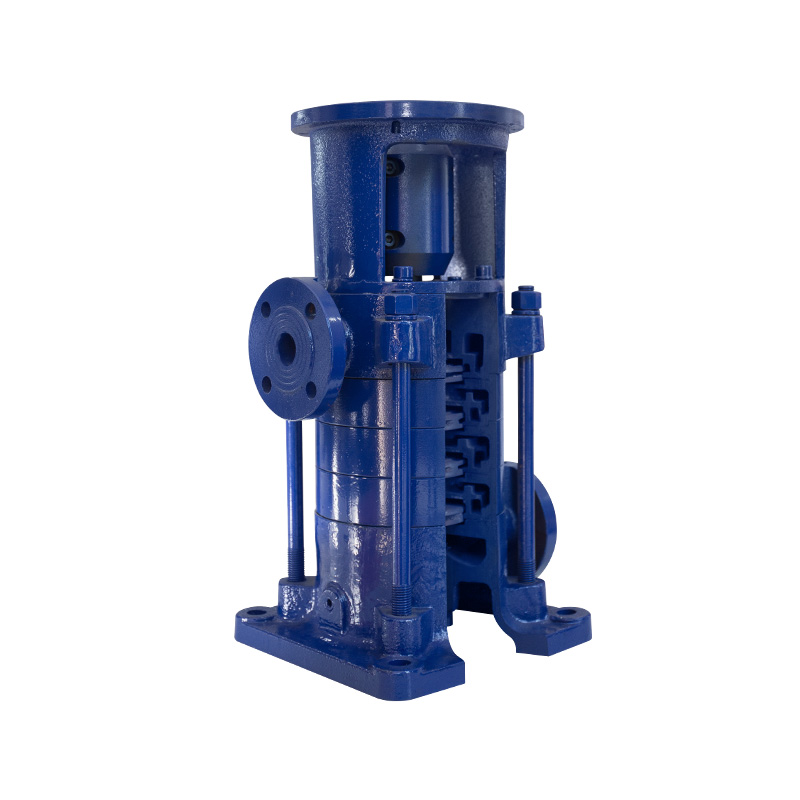
2.1 Staging Mechanism
In a multistage pump, the fluid passes through several impellers, each contributing a small increase in pressure. This is different from a single-stage centrifugal pump, where the impeller only provides a one-time increase in pressure. By stacking multiple impellers, LG multistage centrifugal pumps can achieve much higher pressures than single-stage pumps. The staging mechanism is particularly useful when the required pressure head is too high for a single impeller to handle efficiently.
Each stage of the pump is typically composed of:
- Impellers: These rotating blades add velocity to the fluid.
- Diffusers or Volutes: After the fluid passes through the impeller, the diffuser or volute slows down the fluid and converts the kinetic energy into pressure.
- Suction and Discharge Casings: These parts direct the flow of fluid through the pump, ensuring smooth transitions between stages.
By distributing the pressure increase across multiple stages, LG pumps can handle higher head requirements without excessive wear and tear or energy inefficiencies.
2.2 Material Selection for High-Pressure Operations
To handle high pressures effectively, LG multistage centrifugal pumps are constructed using materials that can withstand high levels of mechanical stress and corrosive environments. Common materials used in the construction of these pumps include:
- Stainless steel: Offers high strength and resistance to corrosion, making it suitable for aggressive fluids like chemicals or seawater.
- Cast iron: Used for standard applications where corrosion resistance is not as critical.
- Bronze and other alloys: Ideal for specific high-pressure or high-corrosion applications, such as marine or oil and gas industries.
The high-strength materials used in LG pumps ensure that the components can handle the high-pressure environment without failure, prolonging the lifespan of the pump.
2.3 Balanced Hydraulic Design
In high-pressure applications, pump efficiency is crucial. The hydraulic design of LG multistage centrifugal pumps is optimized to provide high flow rates and pressure heads without sacrificing performance. By using precise calculations and simulations during the design phase, LG pumps are engineered to minimize hydraulic losses and flow turbulence, ensuring that the pressure increase is as smooth and efficient as possible. This balanced hydraulic design results in minimal energy consumption and longer operational lifespans under high-pressure conditions.
3. Key Features of LG Multistage Centrifugal Pumps for High-Pressure Applications
3.1 High-Pressure Performance
The main advantage of LG multistage centrifugal pumps is their ability to handle high-pressure applications. These pumps are designed to achieve pressure heads up to 1000 meters or more, depending on the number of stages and the application. This makes them ideal for use in industries such as:
- Water and wastewater treatment
- Boiler feed applications
- Oil and gas production
- Desalination plants
- HVAC systems
- Chemical and pharmaceutical industries
The multistage configuration allows the pump to handle high-pressure conditions that would be impossible for a single-stage centrifugal pump. By distributing the pressure increase over multiple stages, LG pumps ensure consistent and reliable high-pressure output, which is crucial for the safe and efficient operation of critical systems.
3.2 Energy Efficiency
LG multistage centrifugal pumps are designed with energy efficiency in mind. In high-pressure applications, pumps often consume a significant amount of energy, but LG pumps are built to operate efficiently by reducing energy losses in the system. The energy-efficient design minimizes the operating costs associated with high-pressure operations, making LG multistage centrifugal pumps a cost-effective solution for industries that rely on continuous, high-pressure fluid transfer.
3.3 Customizable Options
For various high-pressure applications, LG multistage centrifugal pumps offer customization options to meet specific operational requirements. Features such as impeller size, number of stages, and material selection can be tailored to suit the particular needs of a given system. Additionally, LG pumps can be fitted with a range of seals, bearings, and motor configurations to enhance their performance in high-pressure conditions.
This customization ensures that the pump is optimized for the specific demands of each application, whether it involves pumping water, chemicals, or other specialized fluids at high pressure.
3.4 Reliability and Durability
In high-pressure applications, reliability is key. LG pumps are known for their durability and long service life. The high-quality construction of the components, along with advanced engineering techniques, ensures that LG multistage centrifugal pumps can withstand continuous operation under high pressure without compromising performance. The pumps are built to resist wear and tear from the constant pressure and fluid flow, ensuring minimal downtime and fewer maintenance requirements.
4. Best Practices for Operating LG Multistage Centrifugal Pumps in High-Pressure Applications
To ensure that LG multistage centrifugal pumps perform optimally in high-pressure applications, it is important to follow certain best practices during installation, operation, and maintenance:
4.1 Proper Sizing
Selecting the correct pump size is critical in high-pressure applications. An oversized pump may lead to unnecessary energy consumption, while an undersized pump could result in insufficient pressure and premature wear. It is essential to conduct a detailed analysis of the system requirements, considering flow rates, pressure heads, and fluid characteristics before choosing the right LG multistage centrifugal pump.
4.2 Regular Maintenance
Even though LG pumps are designed to be reliable, regular maintenance is crucial to keep them operating efficiently under high-pressure conditions. Key maintenance tasks include:
- Inspecting seals and bearings for wear and tear.
- Cleaning filters to prevent clogging.
- Checking for leaks and addressing any issues promptly.
- Lubricating moving parts to reduce friction and ensure smooth operation.
4.3 Monitoring Pump Performance
Regularly monitoring the performance of the pump is essential to identify any deviations from normal operating conditions. Pressure gauges, flow meters, and temperature sensors can provide valuable data that help detect early signs of potential issues, such as pump cavitation or system blockages, which could compromise performance in high-pressure environments.
5. Conclusion
LG multistage centrifugal pumps are specifically designed to handle high-pressure applications by utilizing a series of impellers to incrementally increase the pressure of the fluid. These pumps offer high efficiency, reliability, and customizability, making them suitable for a wide range of industries, including water treatment, oil and gas, and chemical processing.
By employing advanced engineering techniques, durable materials, and balanced hydraulic designs, LG multistage centrifugal pumps provide a cost-effective and energy-efficient solution for high-pressure fluid transfer. When properly sized, installed, and maintained, these pumps can deliver consistent and reliable performance, even under the most demanding operating conditions.
Related Products
-
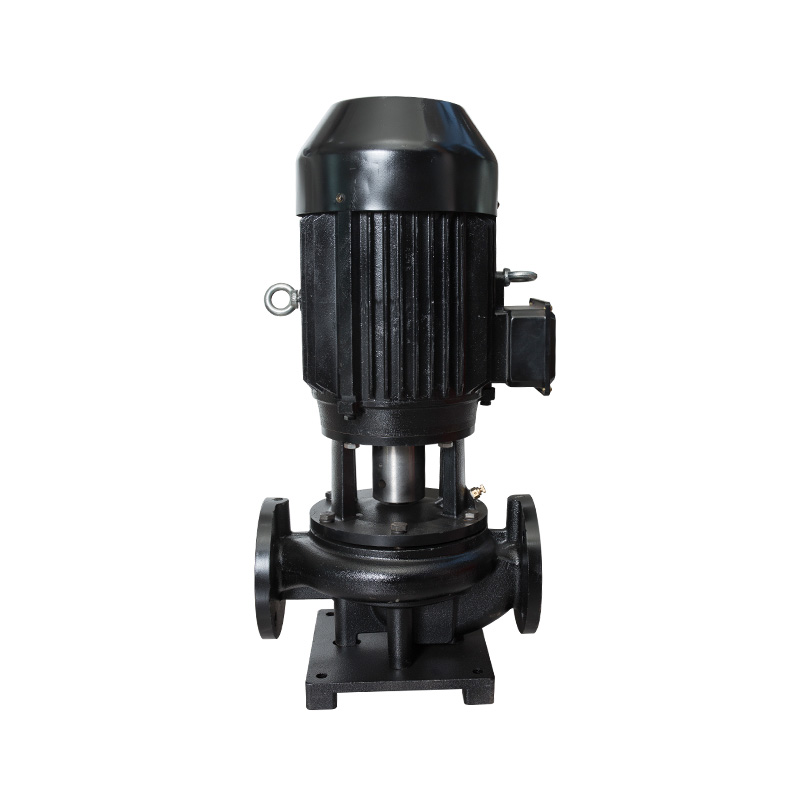
Vertical TD high-efficiency and energy-saving circulation pump
Cat:TD High-efficiency And Energy-saving Circulating Pump
The TD type single-stage pipeline circulation pump is a green, environ...
See Details -
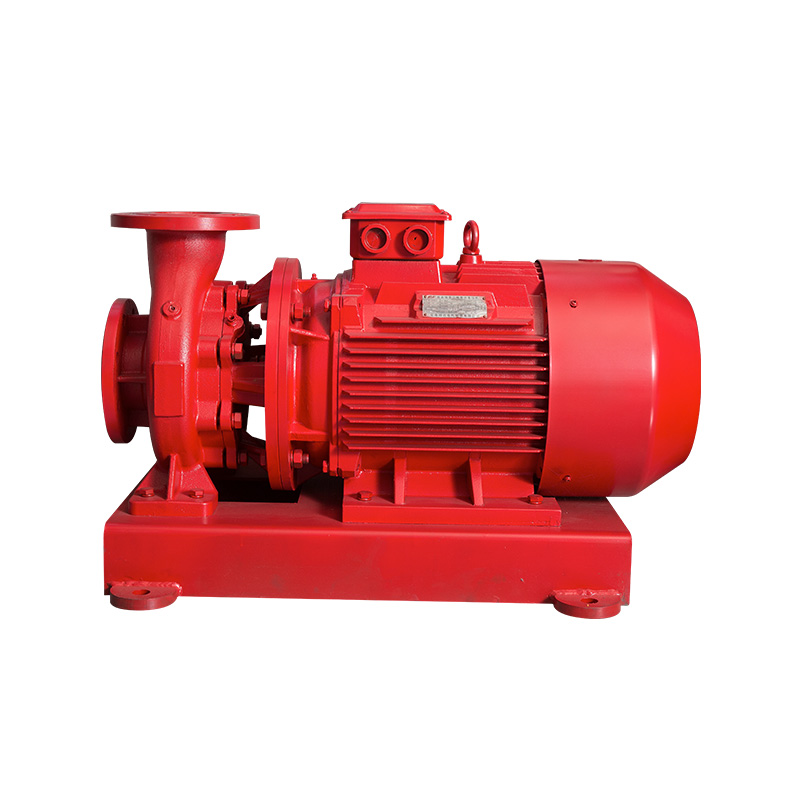
Horizontal pipeline pump
Cat:Pipeline Pump
ISW series single-stage single-suction horizontal centrifugal pumps ar...
See Details -
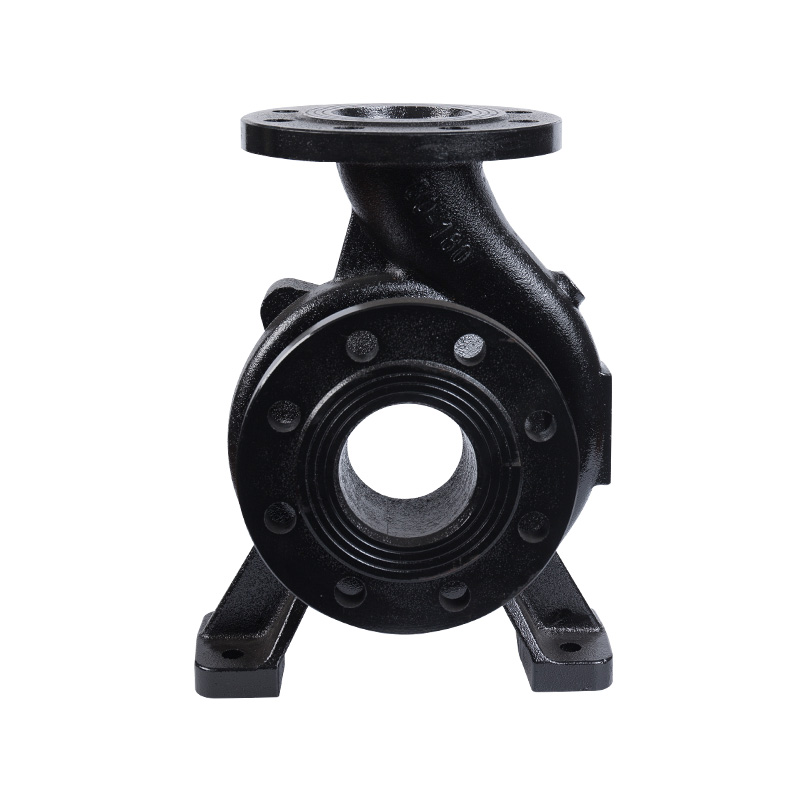
Horizontal pipeline pump body
Cat:Pipeline Pump Accessories
The pump body consists of two main parts: suction chamber and pressure...
See Details -
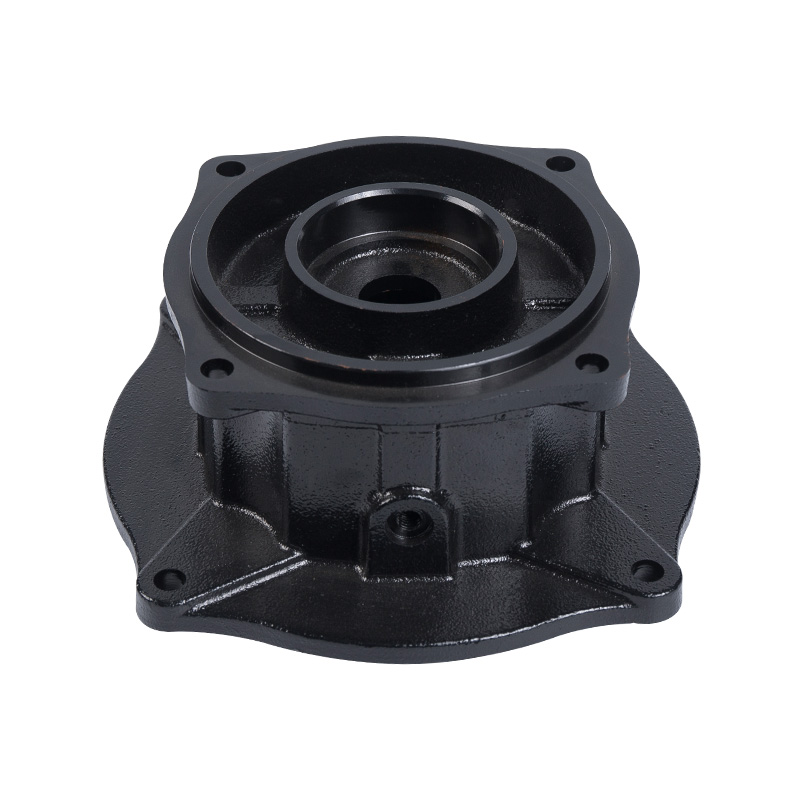
Sewage pump tank
Cat:Sewage Pump Accessories
The oil in the oil chamber, in addition to lubricating the mechanical ...
See Details -

LG multistage pump 100 series
Cat:LG Multi-stage Pump
Product features 1. Compact structure, small volume, small footprint. ...
See Details -

LG multi-stage pump 150 series
Cat:LG Multi-stage Pump
Operating conditions 1. It can convey clear water or non-corrosive med...
See Details -
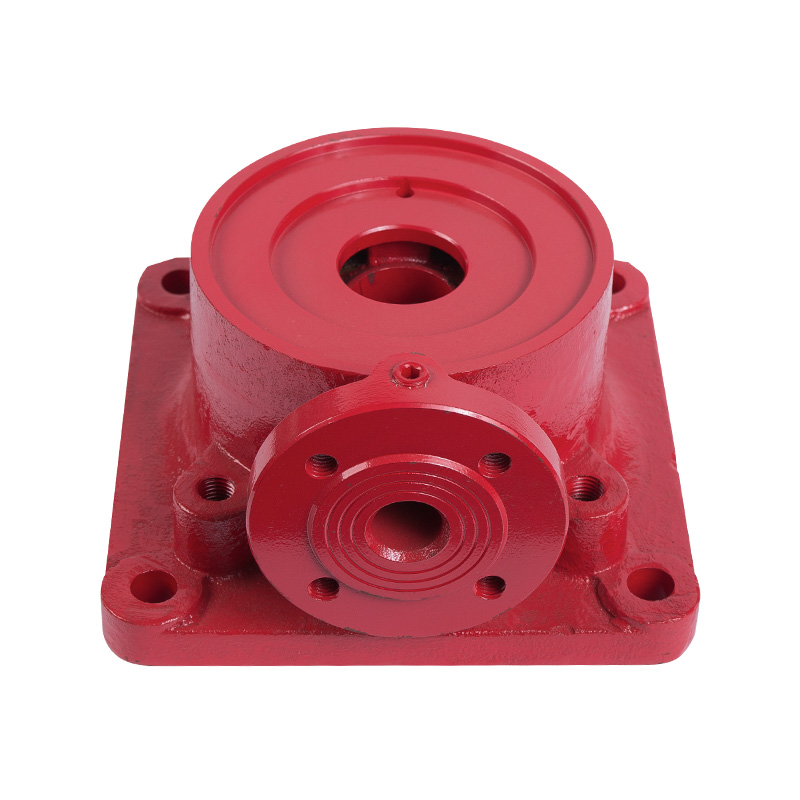
LG multi-stage pump water inlet section
Cat:LG Multi-stage Pump Accessories
The inlet section is the inlet portion of the pump and is responsible ...
See Details -
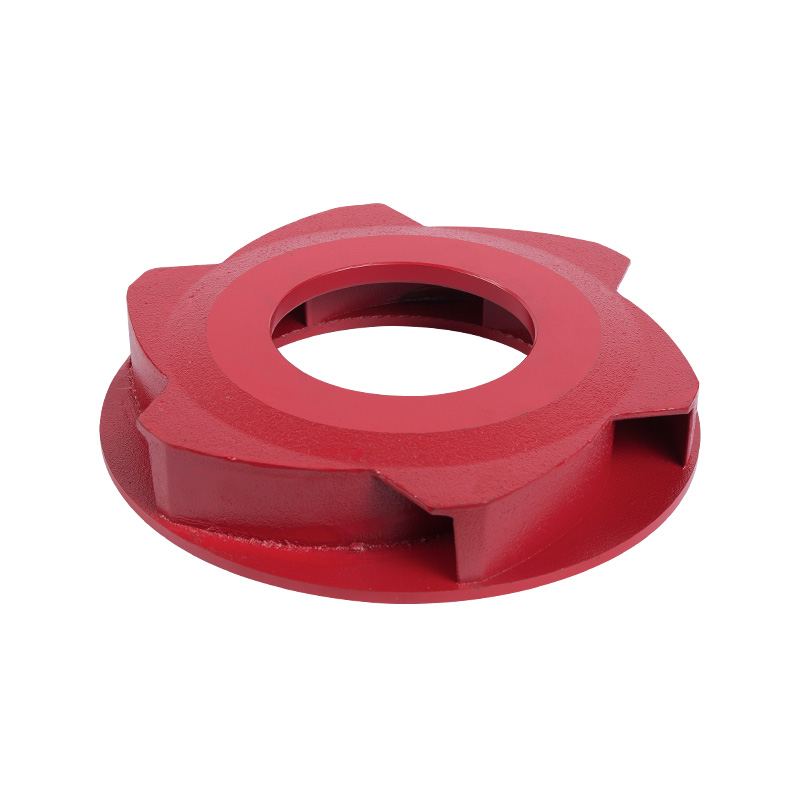
LG multistage pump cast iron impeller
Cat:LG Multi-stage Pump Accessories
Cast iron impeller is one of the key components of the pump, which pre...
See Details -
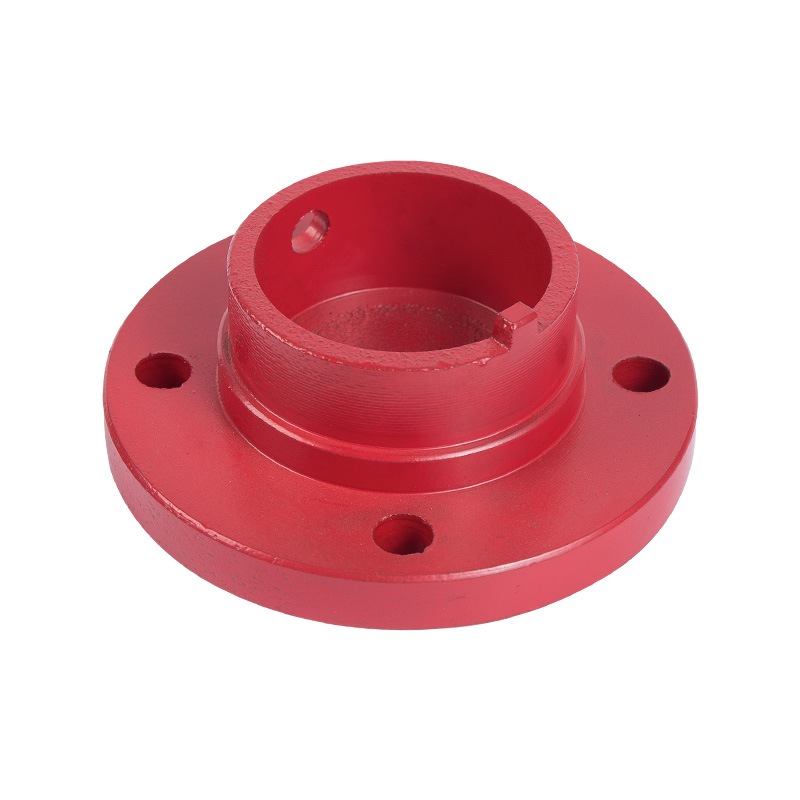
LG multi-stage pump water bearing gland
Cat:LG Multi-stage Pump Accessories
Water bearing gland is the gland for fixing the water bearing, which s...
See Details -

Cooling Tower Circulation Pump
Cat:Cooling Tower Circulation Pump
The cooling tower circulation pump is key equipment in the cooling tow...
See Details
- TD High-efficiency And Energy-saving Circulating Pump
- TD High-efficiency And Energy-saving Circulating Pump Accessories
- Pipeline Pump
- Pipeline Pump Accessories
- Sewage Pump
- Sewage Pump Accessories
- LG Multi-stage Pump
- LG Multi-stage Pump Accessories
- Cooling Tower Circulation Pump
- Electric Motor
- Electric Motor Accessories
-

+86-0563-2251312
-

+86-0563-2251311
-

+86-139 6620 0379
-

-

No.43 Guohua Road, Guangde Economic Development Zone, Xuancheng City, Anhui Province, China

